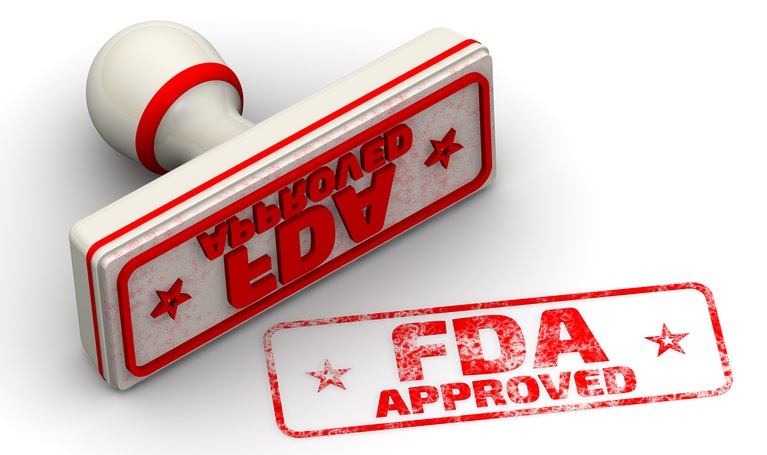
The U.S. Food and Drug Administration (FDA) approved Xpovio™ (selinexor) in combination with dexamethasone for adult patients with relapsed/refractory multiple myeloma (MM) who have received at least four prior therapies and whose disease is refractory to at least two proteasome inhibitors, at least two immunomodulatory agents, and an anti-CD38 monoclonal antibody. This is a first-in-class SINE compound that inhibits XPO1.
The multicenter, single-arm, open-label, phase IIb STORM study included 122 patients with relapsed/refractory MM who had previously received three or more MM treatment regimens, including an alkylating agent, glucocorticoids, bortezomib, carfilzomib, lenalidomide, pomalidomide, and an anti-CD38 monoclonal antibody. Patients received selinexor 80 mg in combination with dexamethasone 20 mg on days one and three each week.
There are two FDA decisions in myeloma which I’ve disagreed with. Panobinostat and Selinexor. Both had ODAC – non conflicted people advice against approval. You know the weak data, AE profile, & the cost of these meds. If I raise a concern— IMHO that hardly qualifies as railing.
— Vincent Rajkumar (@VincentRK) July 7, 2019
Patient response on selinexor combination
The FDA’s approval was based on results of a prespecified subgroup analysis of 83 patients whose disease was refractory to bortezomib, carfilzomib, lenalidomide, pomalidomide, and daratumumab. The overall response rate was 25.3% (95% CI, 16.4-36), including one stringent complete responses (CR), four very good partial responses (PRs), and 16 PRs. The median time to first response was four weeks (range, 1-10 weeks). The median duration of response was 3.8 months (95% CI, 2.3 to not estimable).
The FDA said the approval was also based on unpublished data from the phase III BOSTON study, which is evaluating selinexor in combination with bortezomib and low-dose dexamethasone.
Common adverse events associated with selinexor include thrombocytopenia, fatigue, nausea, anemia, decreased appetite, decreased weight, diarrhea, vomiting, hyponatremia, neutropenia, leukopenia, constipation, dyspnea, and upper respiratory tract infection.
So lets look at the data. First, we need to set the stage. Ignore FDA decision. What is the chance that ANY drug that passes p2 hurdle move on to approval?
A: 14%+/-3.4So without knowing anything about selinexor, this is our pre-test prob.https://t.co/rsti8CKJQr
— 🇨🇦🧙♂️ (🦍/🐒) (@OncologyCompany) July 6, 2019
A controversial approval
The FDA’s decision to approve selinexor went against the advice of the Oncologic Drugs Advisory Committee, which voted 8-5 to delay approval in February. The committee also expressed concerns about the safety/efficacy profile of the drug. In a press release, however, Richard Pazdur, MD, director of the FDA’s Oncology Center of Excellence and acting director of the Office of Hematology and Oncology Products in the FDA’s Center for Drug Evaluation and Research, noted that this is a therapy for patients who have exhausted all other options.
The drug will carry a list price of $22,000 per month.
The FDA advises healthcare professionals monitor patients for low blood count, platelets, and sodium levels. Patients should avoid other medications that may cause dizziness or confusion and avoid situations that may cause dizziness.







 © 2025 Mashup Media, LLC, a Formedics Property. All Rights Reserved.
© 2025 Mashup Media, LLC, a Formedics Property. All Rights Reserved.